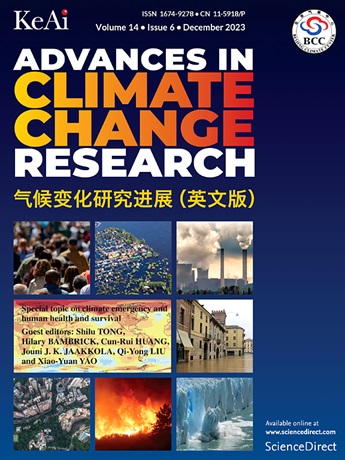具有多个功能单元的各种变压器在不同场景下的全生命周期CO2排放量
IF 5.2
1区 地球科学
Q1 ENVIRONMENTAL SCIENCES
引用次数: 0
摘要
尽管对变压器生命周期碳排放进行了广泛的研究,但选择合适的功能单元仍然具有挑战性。许多常用的功能单元不能充分反映变压器的功能,阻碍了在不同电压水平和容量之间的准确比较。本研究采用全生命周期碳排放分析,评估不同功能单元设置对10台变压器的影响。每台变压器的平均排放量为223.47 t co2当量。不同功能单元的碳排放量差异显著,分别为6955.40 kg CO2eq/MVA、9.83 kg CO2eq/(MVA kV)、81.08 kg CO2eq/(kW h)和1.36 × 10−4 kg CO2eq/(MW h kV)。金属被确定为变压器总体碳足迹的主要贡献者,约占总排放量的73.91%,钢铁贡献高达42.98%。选择更环保的原材料、使用可回收材料和在生产中使用清洁能源可以帮助减少变压器的碳排放。情景分析显示,根据改善程度的不同,发电组合的改善可使变压器生产过程中的排放减少9%-11%,改善程度越大,减少率越高。研究结果可为变压器碳评估选择合适的功能单元提供参考,为制定有针对性的减排策略,支持电力行业的低碳转型提供参考。本文章由计算机程序翻译,如有差异,请以英文原文为准。
Life cycle CO2 emissions of various transformers under different scenarios with multiple functional units
Despite extensive research on transformer life cycle carbon emissions, the selection of an appropriate functional unit remains challenging. Many commonly used functional units inadequately reflect transformer functionalities, hindering accurate comparisons across different voltage levels and capacities. This study performs a life cycle carbon emission analysis to evaluate the impact of different functional unit settings on ten transformers. The average emission per studied transformer is 223.47 t CO2eq. Carbon emission varies remarkably based on the choice of the functional unit, with values of 6955.40 kg CO2eq/MVA, 9.83 kg CO2eq/(MVA kV), 81.08 kg CO2eq/(kW h) and 1.36 × 10−4 kg CO2eq/(MW h kV). Metals are identified as the primary contributors to the overall carbon footprint of transformers, accounting for approximately 73.91% of total emissions, with steel contributing up to 42.98%. Selecting greener raw materials, employing recycled materials and using clean energy in production can help reduce transformer carbon emissions. Scenario analysis reveals that improvements in the electricity generation mix reduce emissions during transformer production by 9%–11%, depending on the level of improvement, with larger improvements demonstrating greater reduction rates. The findings of this study provide insights for selecting appropriate functional units for the carbon assessments of transformers and offer a reference for formulating targeted emission reduction strategies to support the power sector's low-carbon transition.
求助全文
通过发布文献求助,成功后即可免费获取论文全文。
去求助
来源期刊

Advances in Climate Change Research
Earth and Planetary Sciences-Atmospheric Science
CiteScore
9.80
自引率
4.10%
发文量
424
审稿时长
107 days
期刊介绍:
Advances in Climate Change Research publishes scientific research and analyses on climate change and the interactions of climate change with society. This journal encompasses basic science and economic, social, and policy research, including studies on mitigation and adaptation to climate change.
Advances in Climate Change Research attempts to promote research in climate change and provide an impetus for the application of research achievements in numerous aspects, such as socioeconomic sustainable development, responses to the adaptation and mitigation of climate change, diplomatic negotiations of climate and environment policies, and the protection and exploitation of natural resources.
 求助内容:
求助内容: 应助结果提醒方式:
应助结果提醒方式:


